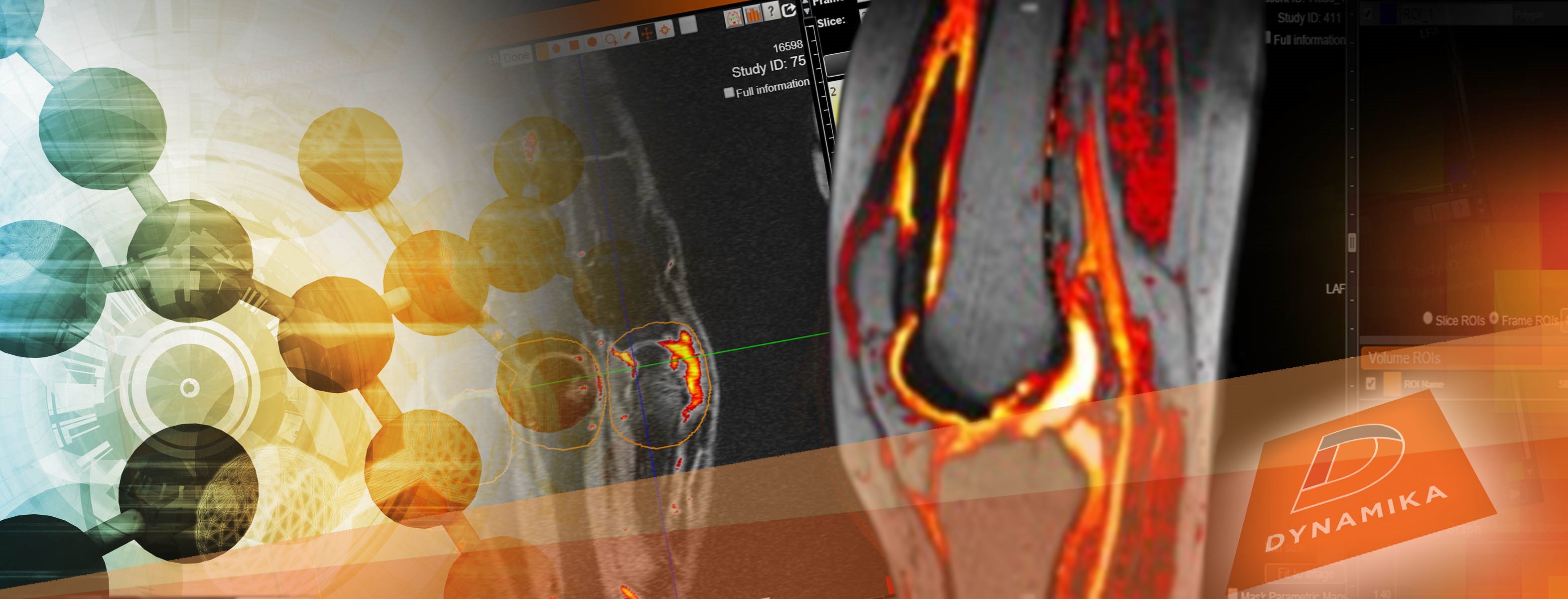Copyright © Author(s) (or their employer(s)) 2019. No commercial re-use. See rights and permissions. Published by BMJ
Annals of the Rheumatic Diseases. 2019 June;78(2)_suppl. doi: 10.1136/annrheumdis-2019-eular.5695
Abstract
BACKGROUND:
Synovitis is a pain generator in patients with osteoarthritis and associated with upregulation of pro-inflammatory cytokines, which have been found to lead to pain sensitivity and worse self-reported pain(1).
OBJECTIVES:
This study aimed to investigate the association between pre- and perioperative synovitis from imaging and histology and self-reported pain 12 months after total knee arthroplasty (TKA).
METHODS:
Preoperative synovitis was assessed from MRI data of the knee by 11 point synovitis score a.m Guermazi (2) using contrast enhanced MRI (CE-synovitis) and heuristic time intensity curve analysis of the dynamic contrast enhanced MRI (DCE-MRI) data using the DYNAMIKA® software (Image Analysis group, London) providing Dynamic Enhanced MR Quantification (DEMRIQ) Indices (3). Perioperative synovitis was also assessed from biopsies of the synovium in 6 predefined places graded histologically a.m Krenn (4). Worst pain within the last 24-hours (visual analog scale, VAS, 0-100) was assessed before and 12 months after TKA. Patients were divided into a low-pain (VAS≤30) and a high-pain (VAS>30) group based on 12-months postoperative VAS.
RESULTS:
Twenty-six patients had full pre- and postoperative data and were analysed. The high-pain group had significantly lower CE-synovitis (P=0.03), DCE-MRI inflammation indices (DEMRIQ-inflammation) (P<0.03) and a trend towards lower histologically assessed synovitis grades (P=0.077) compared to the low-pain group at baseline. Preoperative synovitis scores were also inversely correlated with pain 12-months after TKA, CE-synovitis (R = – 0.455, P = 0.022) and DCE-MRI inflammation (R = -0.528, P = 0.007), indicating that more severe preoperative synovitis is associated with less severe pain at 12-months.
CONCLUSION:
Higher preoperative synovitis scores are associated with less postoperative pain 12-months after TKA. Further, correlation analysis revealed that less severe preoperative synovitis was associated with worse pain 12-months after TKA, suggesting that CE and DCE-MRI synovitis quantification could be used as imaging markers for prediction of good surgical outcomes.


